
Интересное
Da Nang in the palm of your hand: what to see in the heart of Vietnam
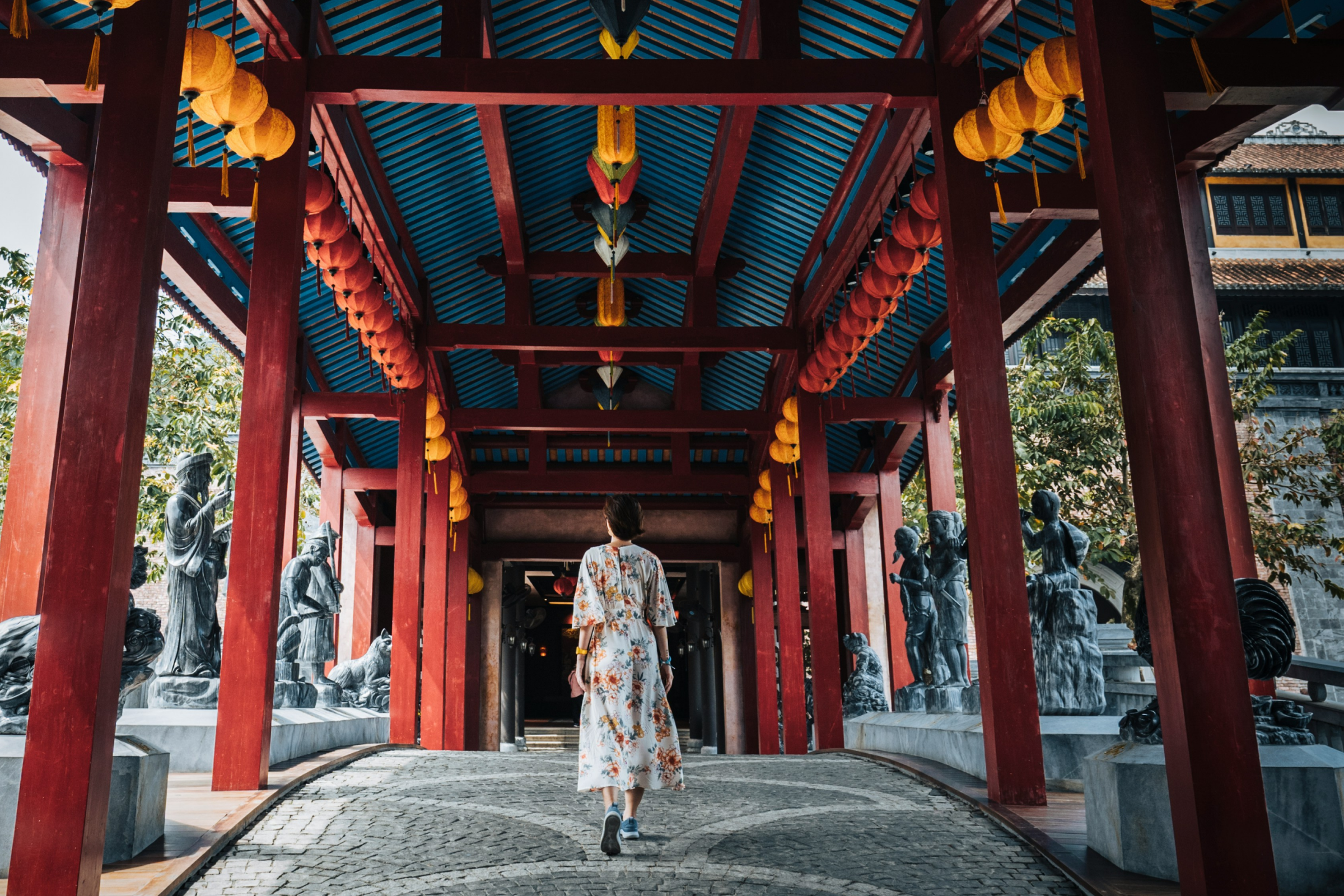
Da Nang is one of the largest cities in the country and a key resort in central Vietnam. It is rapidly gaining popularity among tourists due to its harmonious combination of natural landscapes, historical sights and modern services. Cleanliness, high level of service and convenient location make Da Nang an ideal place for sightseeing and relaxed beach vacation. Now it will be possible to conveniently reach the center of Vietnam from Astana and Almaty thanks to direct charter flights.
The region offers many interesting places to visit, from the mountain resort of Bana Hills with its famous Golden Bridge to the ancient ruins of Mishon, museums, markets and picturesque waterfronts. In this article, we will highlight the attractions that make Da Nang and its surroundings so attractive to travelers.
Bana Hills
Bana Hills, located 35 km from Da Nang, is a unique complex combining natural beauty, architectural heritage and modern attractions. Here is the longest cable car in the world, which lifts tourists to a height of more than 1,400 meters. The Golden Bridge, the symbol of the Bana Hills, attracts special attention. The main historical detail of the complex is a French village, built in the style of European settlements of the early XX century. Narrow streets, ancient facades and Gothic towers recreate the atmosphere of the French province, adding to the variety of cultural experiences.
For fans of outdoor activities, there is Fantasy Park, which features rides including a free-fall tower, a driving range and interactive zones. There is also a 3D cinema with a panoramic screen and a dinopark with realistic figures of ancient lizards.
Golden Bridge
The Golden Bridge in Bana Hills is one of Vietnam’s most impressive architectural structures and has become an iconic landmark in Da Nang. Opened in 2018, it is striking in its design: the structure seems to float above the mountains, supported by two giant arms. The bridge spans 150 meters, connecting different areas of the resort complex. It was originally conceived as a convenient transition between the gardens and mountain settlements, but quickly became an object of tourist pilgrimage. You can only get here by cable car, enjoying views of tropical forests and mountain scenery.
Da Nang Waterfront
Da Nang’s waterfront is one of the most picturesque places in the city, decorated with marble sculptures. In the evening, it is drowned in the lights of evening illumination. Numerous cafes and restaurants are concentrated here. In the evening the embankment becomes a place of rest for tourists and locals.
One of the main architectural attractions of the waterfront is the Dragon Bridge. Its golden arches, illuminated by thousands of LEDs, follow the curves of the mythological creature. On weekends, spectacular shows take place here.
The city’s bridges play an important role in shaping Da Nang’s unique appearance. Each of them has a different design, and the night illumination gives them a distinctive look.
Con City Market
Con City Market is Da Nang’s main shopping center, operating since the 1940s. Reconstructed in 1984, it has acquired a modern look but retains the atmosphere of a traditional Asian bazaar. There are about 2,000 stores offering a wide range of goods, from clothing and jewelry to handicrafts and local spices.
The market is famous not only for shopping but also for street food. Mobile stalls and cafes offer classic Vietnamese dishes such as aromatic pho, crispy banh mi baguettes, banh xeo pancakes and exotic fruits. Affordable prices and a wide range of choices make this place popular among locals and tourists.
The ruins of Michonne
Mishon Ruins is the most significant archaeological complex in Vietnam, preserving traces of the Cham civilization (ed. note: The Cham civilization is an ancient people of Vietnam, famous for its grandiose temples and unique culture, incorporating elements of Hinduism and maritime trade). Represents the remains of temples erected between the 4th and 13th centuries. Once it was the religious center of the Cham kingdom, but after its fall, the temple complex was abandoned and gradually destroyed. However, some of the structures survived, and today you can see artifacts found during excavations inside them.
There is a museum next to the complex, where objects of Cham culture are displayed and ethnic shows with traditional dances and music are held. A walk among the ruins allows you to feel the scale of the ancient sanctuary and touch the history of a civilization that disappeared many centuries ago.
Cham Sculpture Museum
The Cham Sculpture Museum in Da Nang has the world’s largest collection of artifacts from the Champa civilization, which existed in South Vietnam since the 4th century. It was established with the participation of French explorers in 1915 and today remains one of the city’s main cultural attractions.
The exposition includes over 300 exhibits dating back to the V-XV centuries. Among them are stone altars, bas-reliefs, carved images of Hindu gods, as well as the famous Cham linga and Garuda. Sections of the museum are organized geographically, reflecting the heritage of ancient temple complexes such as Mishon.
Mi Khe Beach
My Khe is Da Nang’s most famous beach, located 15 minutes from the international airport. It stretches along the eastern coast of the city, offering clean sand, warm sea and developed tourist infrastructure. There are hotels of different levels, restaurants overlooking the ocean and areas for active recreation.
In the morning locals gather on the shore for gymnastics, in the afternoon surfing and parasailing. In the evening, vacationers come here to relax watching the sunset and eat fresh seafood.
Greetings and basic sentences
- Xin chào. Hello.
- Cảm ơn (cam he) – Thank you.
- Làm ơn (làm he) – Please.
- Xin lỗi (xin loi) – I’m sorry.
- Bao nhiêu tiền? (bao nhiêu tiền?) – How much is it?
- Tôi muốn gọi món – I want to order a meal.
- Không cay – Not sharp.
- Ngon quá! (ngon quá!) – Delicious!

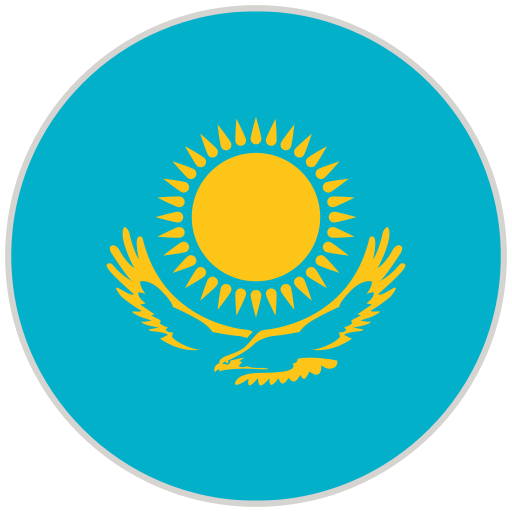


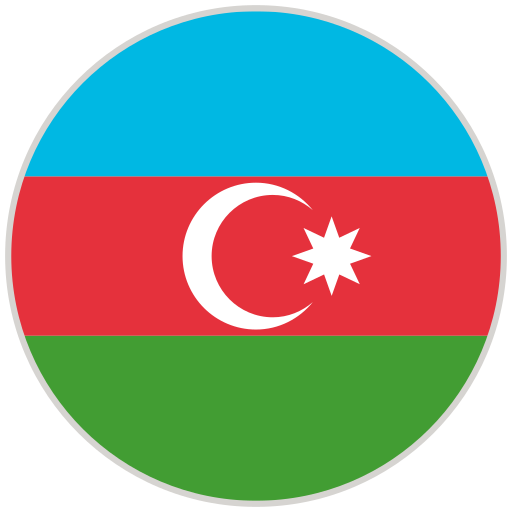
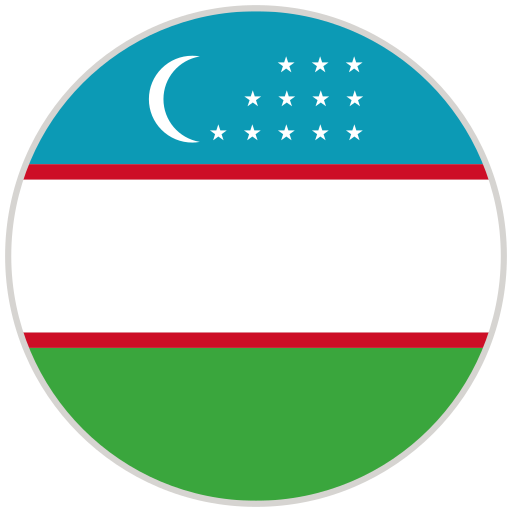
 Azerbaijan
Azerbaijan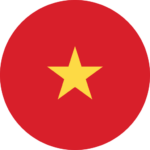 Vietnam
Vietnam Egypt
Egypt Indonesia, Bali
Indonesia, Bali Georgia
Georgia Kazakhstan
Kazakhstan Qatar
Qatar CRUISES
CRUISES Mauritius
Mauritius Malaysia
Malaysia Maldives
Maldives UAE
UAE Seychelles Islands
Seychelles Islands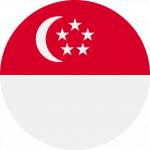 Singapore
Singapore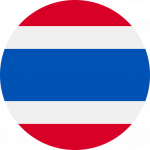 Thailand
Thailand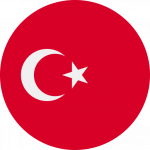 Türkiye
Türkiye Montenegro
Montenegro Sri Lanka
Sri Lanka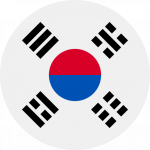 South Korea
South Korea
